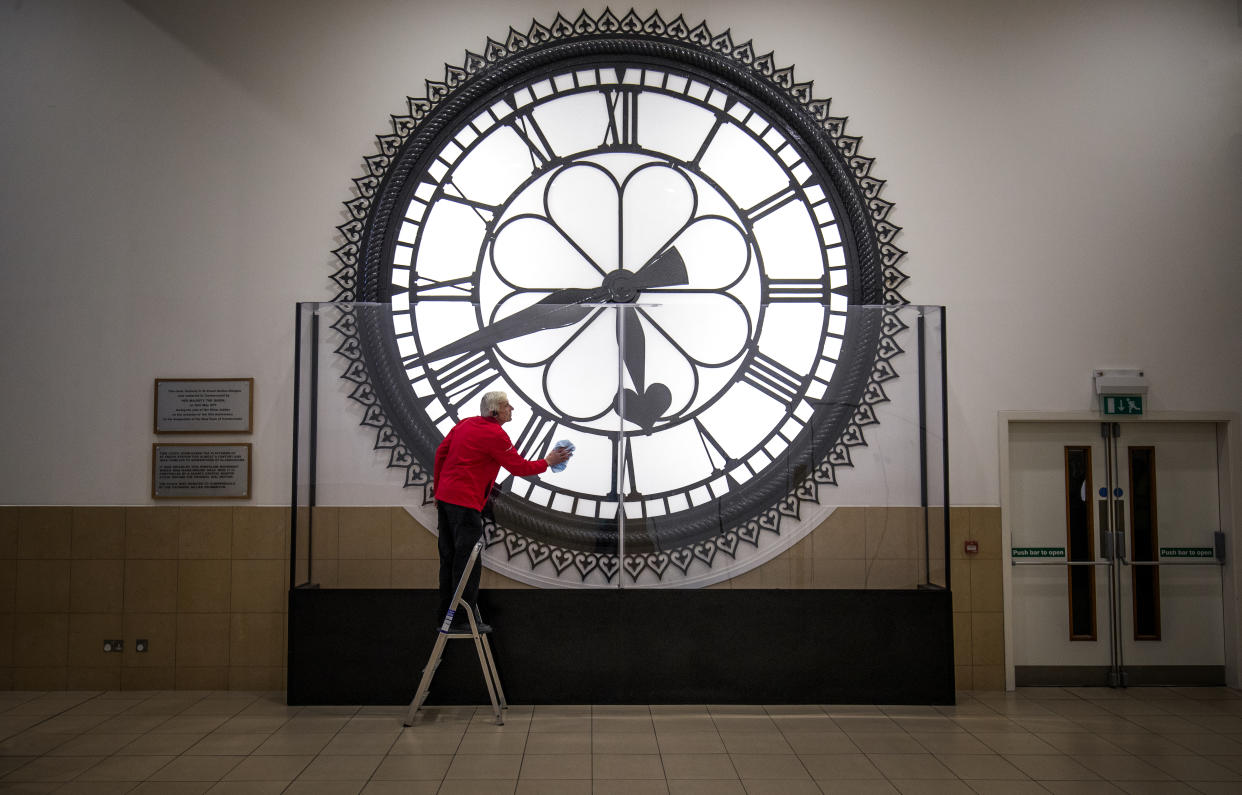Should Canada get rid of Daylight Saving Time?

This weekend, much of Canada will be “falling back” to conclude Daylight Saving Time (DST), prompting some to question if the process is even necessary.
Although it will leave many with an additional hour of sleep, at least during this season, not everyone is on board with the practice of changing the clocks twice a year.
Where did it start and why?
Benjamin Franklin is credited as the inventor of the concept, first discussed in an essay published in the Journal of Paris in 1784, with a focus on conserving the need for candlelight in the morning.
Daylight Saving Time was first adopted in Canada, back in 1908. Residents of Port Arthur, Ont., now known as Thunder Bay, decided to turn the clock forward one hour to Eastern Standard Time for summer and back one hour to Central Time for winter. But Germany was the first entire country to implement the time change in 1916, in an effort to conserve energy with the resulting additional daylight time.
But a 2008 U.S. study actually found that it can increase electricity demand with a “tradeoff between reducing demand for lighting and increasing demand for heating and cooling.”
When does the time changes happen?
Once in the spring and once in the autumn, the clocks are moved forward or backward, respectively. It happens at 2:00 a.m. at the beginning of March and November in Canada.
Who wants to get rid of it it?
The B.C. government is introducing legislation that would put an end to the autumn time change in the province.
“British Columbians have said loud and clear that they want to do away with the practice of changing our clocks twice a year and our government is taking action,” B.C. Premier John Horgan said in a release. “This bill creates a clear path forward for the transition, while also ensuring we take into account every detail during implementation.”
Last year, the province released results from a public survey that asked residents about their thoughts on the seasonal time change.
It was found that 93 per cent of respondents, with over 223,000 people surveyed, were in favour of sticking to a year-round Daylight Saving Time.
Saskatchewan does not change their clocks, keeping Central Standard Time all year round.
If the permanent change is made in the province, B.C. would be three hours behind Ontario and one hour behind Alberta in the summer, and in the winter the province would be two hours behind Ontario and on the same time as Alberta.
What is being said about it?
In the survey conducted by the B.C. government, 54 per cent of respondents indicated that it is important for the province to align clocks with neighbouring jurisdictions.
The provincial government has indicated that the year-round DST plan will go into effect when it can maintain consistent time with neighbouring U.S. states of Washington, Oregon, California, in addition to the Yukon. The B.C. Premier has discussed the possible change with leaders in Washington state and the Yukon.
“While the bill doesn’t immediately shift the province to permanent DST, it puts us in position to do so quickly,” Horgan said.
Health experts have suggested the time change allows us to have more daylight when one is actually awake to experience it, which some say should reduce demand for electricity with more daylight through the day. Natural light has been linked to boosting your body’s vitamin D storage, benefits your vision and can improve your mood.
The Society for Research on Biological Rhythms maintains the position that DST should be abandoned entirely, while we live on Standard Time year round.
“If we want to improve human health, we should not fight against our body clock, and therefore, we should abandon DST and return to Standard Time (which is when the sun clock time most closely matches the social clock time) throughout the year,” the research states.
It indicates that the switch to DST in the spring has both short-term and long-term affects on your health.
“More and more studies show that time differences between the social clock and the body clock challenge our health, are associated with decreased life expectancy, shorten sleep, cause mental and cognitive problems,” the research explains.
“If we established DST throughout the year, the chronic effects would become more severe not only because we have to go to work an hour earlier for an additional 5 months every year but also because body clocks are usually later in winter than in summer with reference to the sun clock.”


